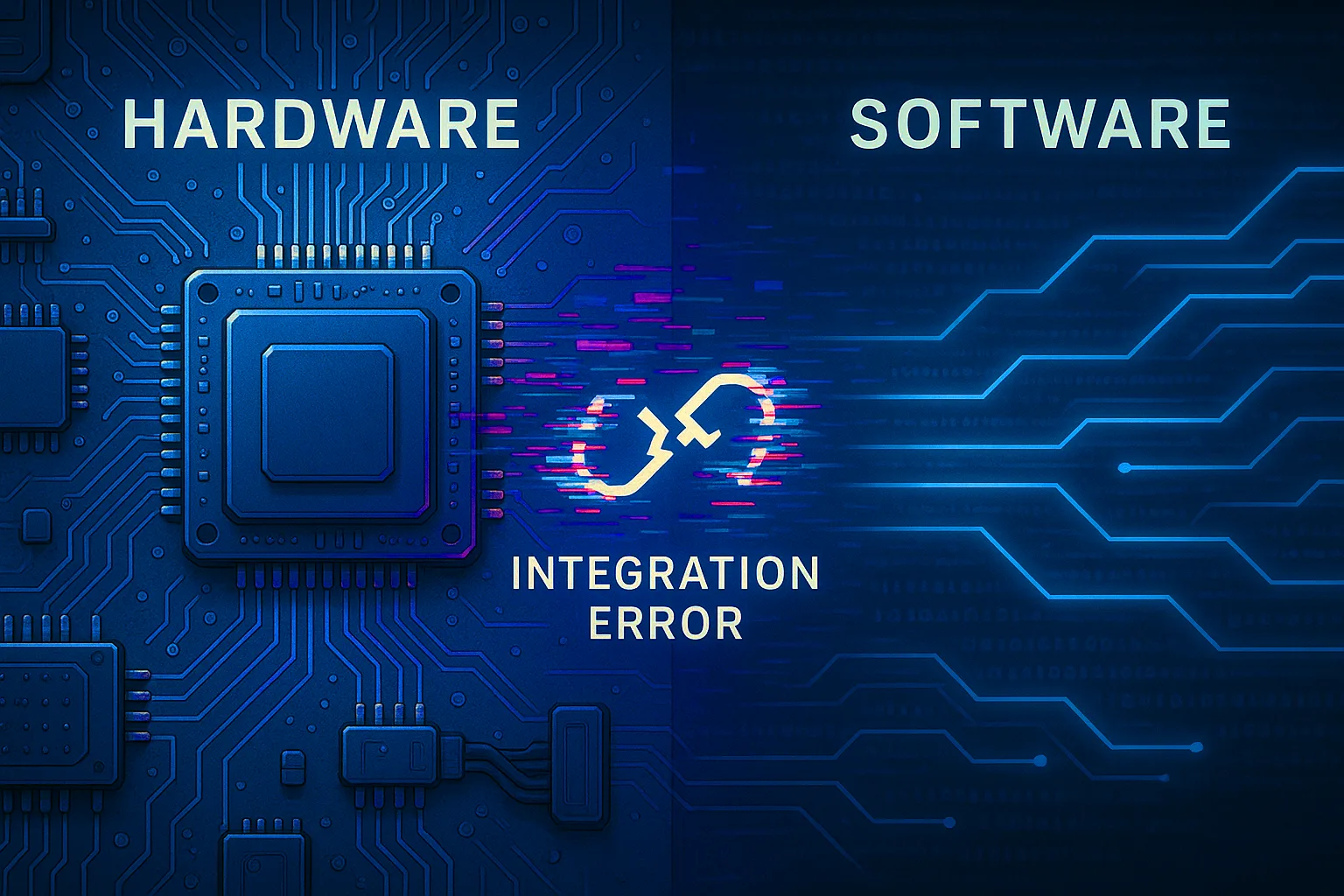When the Internet of Things (IoT) first became a “thing”, just a few years ago, expectations for the space were astronomical. Analysts were predicting the market for connected devices by 2020 could be as high as 100 billion units.
Thankfully, in terms of managing expectations and pleasing investors, forecasts these days are less hyperbolic. But the opportunity is still huge. The market for connected devices could be as high as 30 billion units. And the global IoT will be a seriously big business.
A growing market
Technavio believes the market will experience an annual growth rate of 54.93 percent over the next five years. The International Data Corporation (IDC) says the market will grow to US $1.7 trillion by 2020 from US $655.8 billion in 2014. With relatively few companies currently operating in this market, there is a chance to grab market share relatively quickly.
Not that doing that is easy. Developing for IoT is difficult and requires certain skills. Interconnectivity issues are yet to be sorted adequately. It is still not clear how comfortable people are with certain wearable devices – see the issues with Google Glass for an example. Yet other things are falling into place that mean taking IoT devices and solutions to market is becoming easier and potentially lucrative.
For one, tools and products are now more readily available than they were a few years ago. Apple has released HealthKit and HomeKit developer tools, while the likes of Samsung are rolling out devices. Google acquired Nest to speed this process along. Before, developing for IoT was a very difficult job, but as devices increasingly come with operating systems built in, and Linux becomes more pervasive in IoT, it is becoming easier to develop products.
The technology factor
Technological advances have also helped with this. Semiconductor components are available for lower prices, often with more functionality. Processors are becoming more energy efficient. And smartwatches have arrived. The smartwatch industry alone is projected to grow by 18 percent this year, with 28.5 million units being shipped, and IoT can ride on the back of that. Smartwatches are many times more powerful and functional than they were back in 2012, and prices have come down in a big way.
IoT devices are also becoming more standardized, with more formal standards emerging. Semiconductor players have partnered networking, hardware and software companies, as well as industry associations, in order to develop formal and informal standards for IoT. This will play an important role in fixing the interconnectivity problem, as the industry seeks interoperability. APIs are also gradually becoming more standardized.
Demand is rising, linked to the evolution of technologies and falling costs. These same criteria played a huge role in the growth of the smartphone market over the last few years. Of course, it remains to be seen just how comfortable people are with just how “connected” their lives can become, but that will be up to individual companies to test, adapt, reject and accept certain products. The main thing is that people have already shown they want IoT products and that demand will increase over time.
Of course, all this said, once you have an IoT product, you still need to take it to market and see how it plays. The challenges are still there, and the opportunities are immense, but the real test will be how individual IoT devices play out with consumers in a growing market that is slowly becoming more affordable, more interoperable and more standardized.





